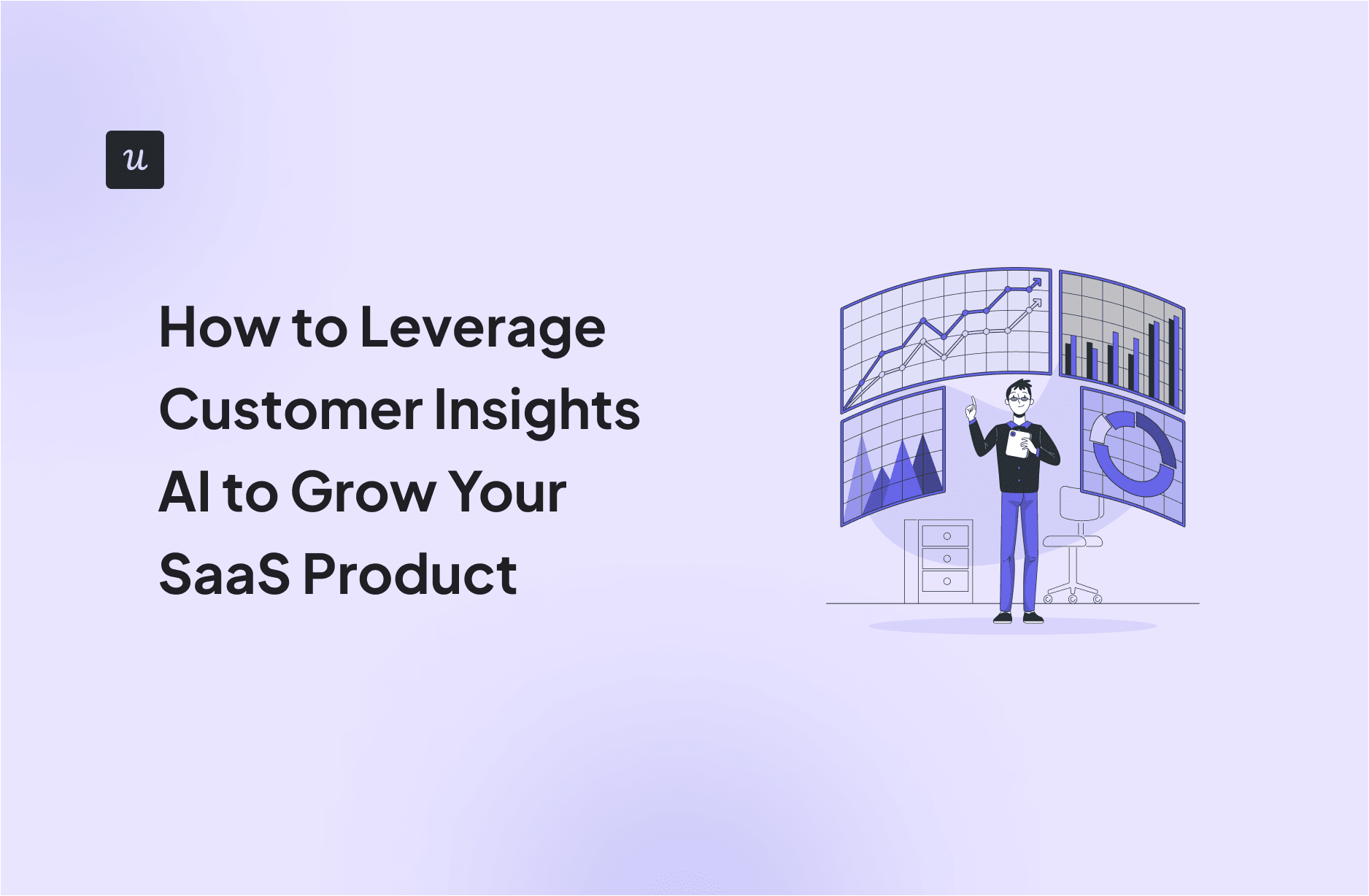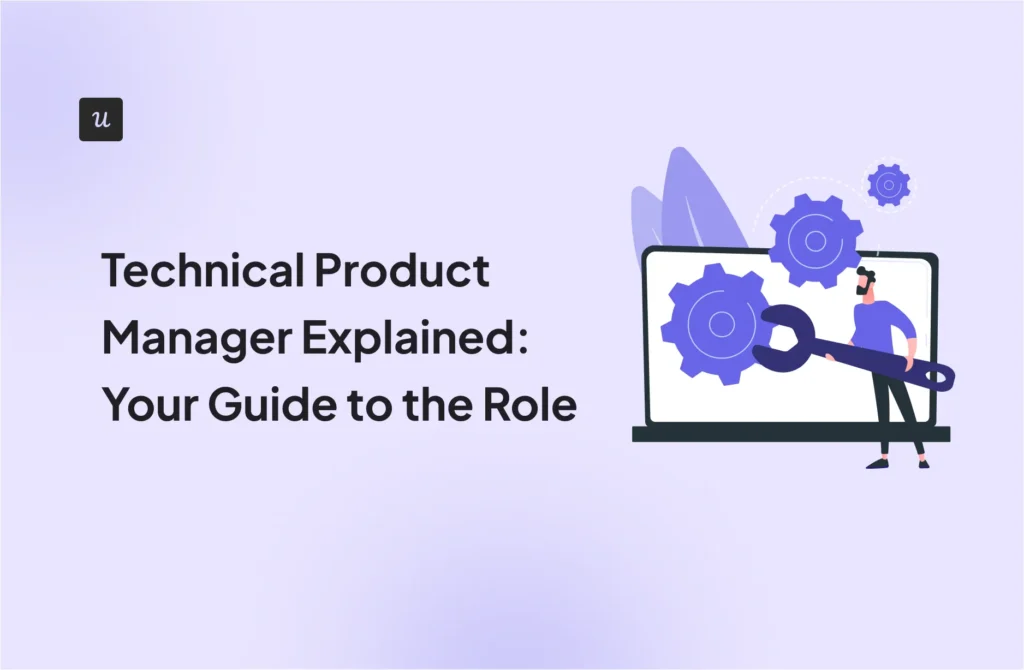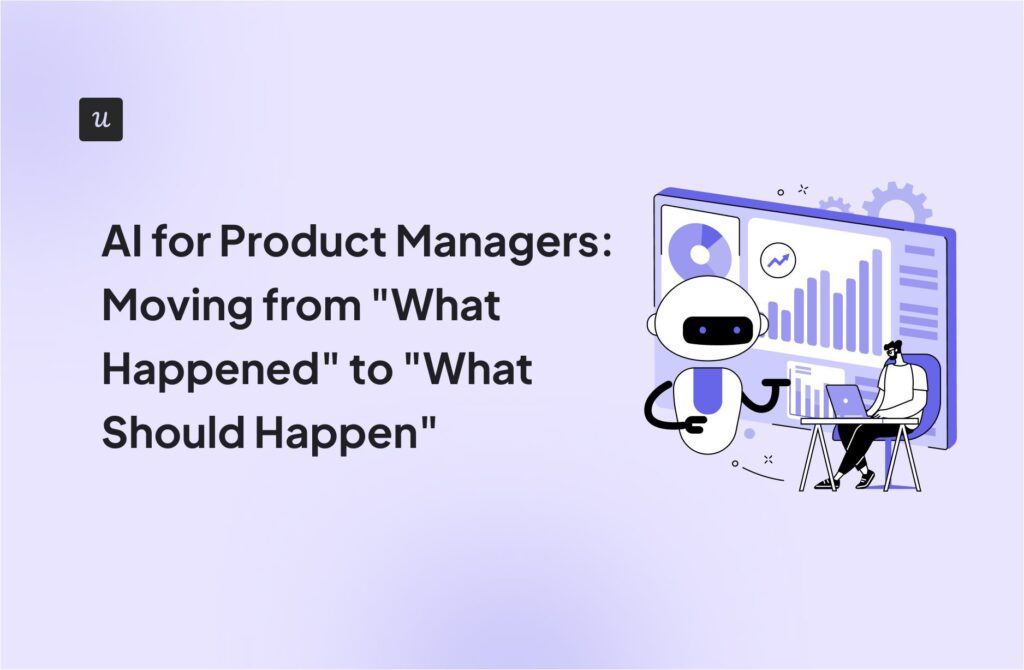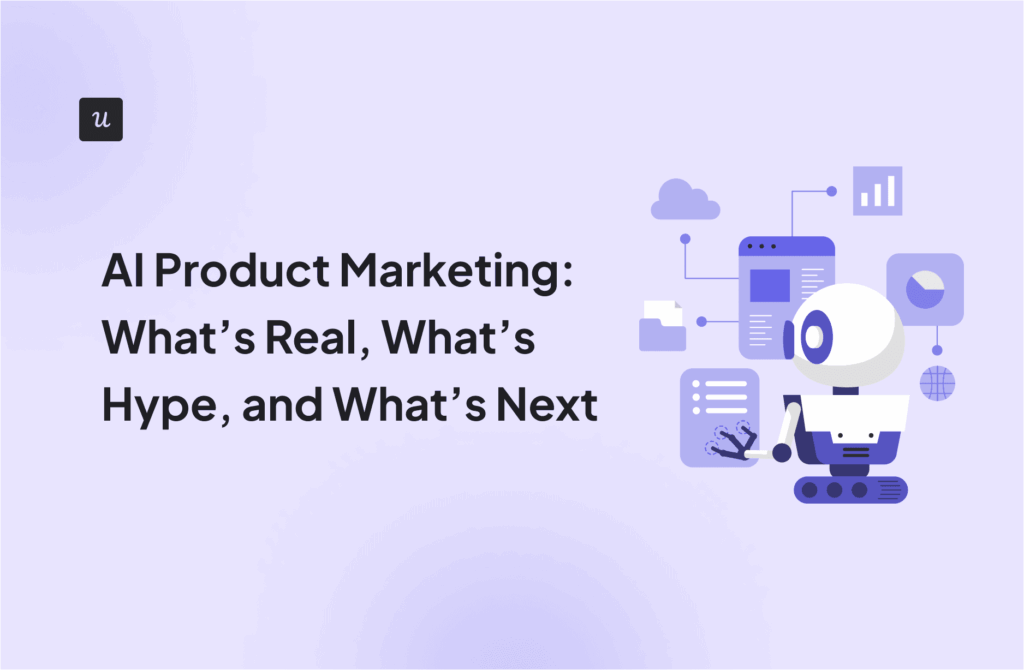
Artificial Intelligence is revolutionizing how SaaS product teams work by increasing efficiency and productivity, reducing costs, and most importantly, facilitating data-driven decision-making.
In this article, we look at how you can use AI to gain in-depth customer insights and how to leverage them to improve the product. We also share a few tools that can help you harness the power of AI to offer a better customer experience.
Let’s dive right in.
Try Userpilot Now
See Why 1,000+ Teams Choose Userpilot

What are customer insights AI?
Customer insights AI refers to the use of artificial intelligence and machine learning technologies to analyze customer data and extract actionable insights into customer behaviors, preferences, and pain points.
Why is AI for customer insights important?
There are plenty of benefits of using AI to gain customer insights.
Enables companies to create personalized interactions
AI-driven customer insights enable businesses to tailor their interactions with individual customers for better customer experience.
For example, you can use AI insights to tailor in-app messages and identify the best time to trigger them for maximum impact.
Allows task efficiency through AI-driven automation
AI-driven automation streamlines processes, making businesses more efficient and responsive to customer needs.
Example?
The AI chatbots I mentioned above can handle customer queries 24/7 by providing instant responses and escalating complex issues to human agents only when it’s essential. This reduces wait times and the load on support teams.
Drives competitive advantage via AI consumer insights
While more and more companies are implementing generative AI, not all of them use it competently to extract insights from their own data and user feedback. That’s your chance to gain a competitive edge and drive business success.
How exactly can you do it?
With AI’s predictive analytics, you can identify emerging trends before they become mainstream to stay ahead of the curve and ensure your new products and features meet existing and emerging user needs.
How can companies use AI-powered customer insights for product growth?
Now that we’ve covered the general benefits of using AI for customer insights, let’s look at a few specific use cases.
Understand the needs and wants of different customer segments
Thanks to AI technologies, teams better understand the needs and desires of different customer segments.
Let me explain:
You can get a basic understanding of user expectations from welcome surveys or interviews, and the feedback they give your customer-facing colleagues.
However, what your customers say doesn’t always reflect what they do. They may simply not realize their actual behavior or not be able to verbalize it.
You can solve it by supplementing their feedback with analytics.
By analyzing user interactions with your product across all touchpoints, you can find out what they really need. AI, with its capacity to quickly analyze data from diverse data sources, is the perfect tool for this.
Using this information, you can create well-researched personas that can be easily shared with other teams to ensure they’re on the right track.

AI can help teams create better user personas.
Create personalized customer experiences
AI customer insights can greatly enhance your ability to personalize the customer experience to help users achieve their objectives.
For example, you can use AI insights about user goals to personalize their onboarding process and reduce time to value.
Currently, most if not all onboarding tools use ‘if’ rules, to trigger onboarding experiences. For example: ‘If a user from segment X completes event Y, trigger flow A’.
This works fairly well but is time-consuming to set up and isn’t practical below the segment level.
However, it’s easy to imagine how AI could be used to personalize the onboarding of individual users based on their past actions without the need for manual set-up.
Improve the performance of marketing strategies
Thanks to AI, generating quality marketing assets is less resource-intensive.
Many companies embed writing assistants in their tools to help their teams write copy. Creating audiovisual resources with AI also takes a fraction of the time needed in the past.

That’s just scratching the surface, though.
AI-powered tools, like the Persado Motivation AI platform used by Michaels stores, can help you analyze user interactions with your marketing messaging and personalize it for higher customer engagement and conversion rates.
Perform sentiment analysis on customer feedback
AI excels in qualitative feedback analysis.
NLP can quickly clean up the qualitative data, analyze the meaning of the text to distinguish between positive, neutral, and negative feedback, and identify patterns in customer responses.
This can save you hours, if not days, and more importantly, allows you to respond to user feedback in real-time, which is often essential when dealing with dissatisfied customers.
Analyze customer data for real-time insights
AI’s ability to process and analyze data in real-time and provide up-to-the-minute insights isn’t limited to qualitative data. You can also use it to analyze quantitative user behavior data.
How can you leverage AI-powered analytics?
By understanding how users navigate through an app, AI can identify friction points in the user journey. Thanks to that, you can streamline user flows and remove obstacles, making the app more intuitive and user-friendly.
AI can also help you identify the most and least engaging elements of an app so that you can make better-informed prioritization decisions.

Provide localized customer experiences in-app
SaaS products are not restricted by physical boundaries because everybody with an internet connection can download them, no matter where they live.
What may limit your growth is the language. Even if most of your users can speak the language in which the app was built (most likely English), their experience may be subpar and they may not be able to realize the full product potential.
Professional localization of your product for multiple markets may not be viable.
The solution?
AI-powered localization.
Such tools can automatically translate your microcopy, survey questions, and support resources without the need to hire a specialist agency.

Predict customer behavior to minimize churn
One area where AI may outperform human analysis is predictive analytics.
By leveraging machine learning models, AI can predict future user behaviors based on their past interactions with the product.
Such insights are priceless when it comes to churn prevention.
They can help you identify users who are at risk of churning and engage them to improve their chances of success, for example, by triggering in-app patterns that prompt them to use a feature or offering contextual help.
The best tools for AI-driven customer insights
There are plenty of B2B solutions leveraging AI to create better product experiences and increase customer satisfaction. Here are 4 that are particularly worth checking out.
Userpilot – recommended for product growth
Userpilot is a product growth platform that enables teams to gather and analyze customer feedback and user behavior data, and engage users at all user journey stages with interactive in-app experiences.
The platform offers an AI writing assistant that allows you to create or refine microcopy. Thanks to that, you can ensure that your copy is informative and engaging.
We also use AI to power the automatic localization features that enable you to translate content, resource center, and survey questions. This makes the product experience more inclusive for speakers of other languages and increases product engagement.
Want to know the real kicker?
AI-powered analytics are coming to Userpilot soon to enhance its already powerful analytics capabilities.

Hotjar – recommended for collecting valuable insights from surveys
Hotjar is a potent UX analytics platform best known for its heatmap and session recordings functionality, which offers granular insights into user interactions with digital products.
However, not everybody knows that Hotjar users have access to excellent feedback features, some of them AI-powered.
For starters, you can let AI generate the survey for you. Just enter your goal, like ‘find the pain points in the checkout flow’ and the tool creates the survey for you. Pretty slick.
The magic happens when you start analyzing the feedback. Instead of going through hundreds or thousands of responses manually, you can generate a report automatically.
The best part?
In addition to summarizing the key findings, the report provides actionable next-step recommendations.

Mixpanel – recommended for AI analytics
Mixpanel is one of the leading analytics platforms used by SaaS teams to analyze the performance of their websites and digital products.
Although Mixpanel is a user-friendly and intuitive tool, its advanced functionality comes with a learning curve. This can be particularly challenging for users with no experience in data analysis and can lead to the creation of data silos.
To democratize data within organizations, Mixpanel has built Spark AI.
Spark is a chat-based report-creation tool. To generate a report, you type in your question, and it produces a chart illustrating the data. You can then save the report or refine it with further prompts.

Zendesk – recommended for AI in customer service
Zendesk is a customer service platform that helps SaaS organizations to offer omnichannel support.
The software uses AI to pre-train chatbots on past conversations and the most common issues so that users get accurate help. And the bots don’t sound like bots at all because you can set the tone to match your brand’s voice.
If the bot can’t solve the issue, Zendesk’s AI sorts and prioritizes the messages for the support agents to give them a complete picture of the situation before they start the conversations.
Brilliant, but it gets even better.
The tool also recommends possible solutions and useful resources to share with customers and helps them write their responses.
Finally, Zendesk leverages AI to enhance your self-support resources. It analyzes existing content to find gaps and suggests new ideas. If you decide to cover a particular topic, all you have to do is enter a few bullet points and watch the tool turn them into a complete article.
And thanks to semantic search, which understands the meaning of customer queries, finding the information they need is easier.

Conclusion
Thanks to its ability to analyze large quantities of data and spot trends that might be difficult to notice otherwise, AI allows SaaS teams to understand their customer needs and problems in greater detail.
Such insights are invaluable for customer experience personalization, user journey optimization, and informed product development.
If you’d like to learn more about Userpilot’s new AI analytics, book the demo!







